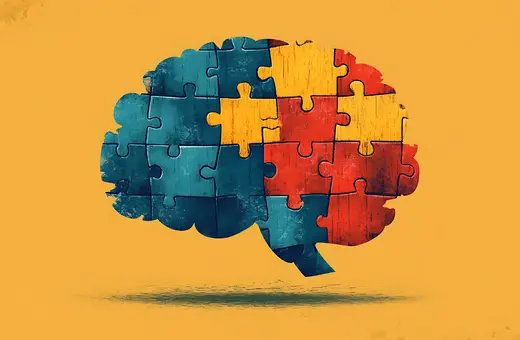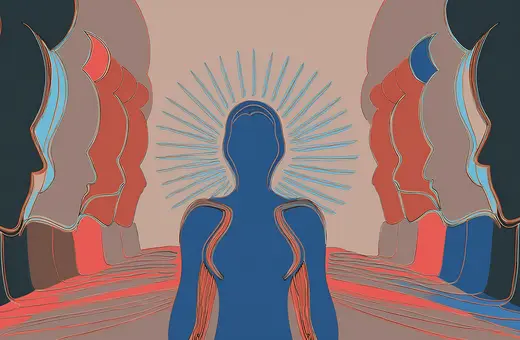If headlines are to be believed, we are facing a crisis in mental health of epidemic proportions. In the UK and the US, lifetime prevalence rates are estimated to be roughly 1 in 6 and rising. What explains these rates and what ought we to do about them? An important, preliminary point is that the distribution across the population is not even. A disproportionate burden falls on women and those who suffer socio-economic disadvantage and other forms of adversity and hardship. Equally, the increase is not uniformly distributed across kinds of disorder. Rates of autism, schizophrenia, and bipolar disorder are relatively stable, with lifetime prevalence estimated to be roughly 1 in 100. The increase lies predominantly with anxiety disorders, depression, and addictions.
There are three possible and related explanations for these rates. The first is that the social stigma surrounding these mental disorders is decreasing. Today’s patients are more able to be open about their problems and seek treatment, and clinicians are on the whole better equipped to recognize and diagnose these disorders. There are therefore fewer cases of undiagnosed disorder, less discrimination, and better access to and quality of care. If this is the explanation, we should not be alarmed by the rates. We should simply keep up the good work.
The second explanation is that the number of people who have these disorders is increasing. This is indeed alarming. If it is true, the question is why. What is it about contemporary society that is causing soaring rates of mental disorder? Here, the uneven distribution across the population, coupled with the fact that the increase lies with predominantly with anxiety disorders, depression, and addictions, should immediately give us pause. People who are poor and marginalized, with severely limited employment and education opportunities, and who may be victims of gender, racial, and other forms of discrimination, have reason to be stressed, anxious, and despairing. Arguably, there is more inequality and social isolation and loneliness in our world than ever before. For young people, there are in addition the perils of social media, including bullying and low self-esteem. And, of course, people who are less socio-economically or otherwise disadvantaged and marginalized will nonetheless face life events that are intensely painful, and undergo periods of real hardship. Life can be miserable and brutal for all of us at times. Anxiety is a natural, normal response to stress and uncertainty about future wellbeing, just as sadness, grief, and despair, are natural, normal responses to loss, trauma, and humiliation. Relatedly, people who feel these ways and live in such circumstances have reason to use drugs and other modes of escapism, namely, as relief from the pain and miseries of life. Rates of anxiety disorder, depression, and addictions may therefore be increasing because the problems people face in contemporary society are multiple, severe, and appear irresolvable. In other words, there is more than adequate cause.
___
"The fact that we require people to be labeled with a disorder to be worthy of care is an indictment of our collective moral community"
___
Perhaps there is room for doubt that our world really is getting worse. Nonetheless, we do seem to be diagnosing some disorders more. The third explanation of increasing rates is that the criteria for diagnosing have loosened over time, so that people who would not have been diagnosed with a mental disorder in the past currently are. As the sociologists Allan Horwitz and Jerome Wakefield have argued in relation to depression, one indication of this shift is that less attention is now paid to context.



















Join the conversation